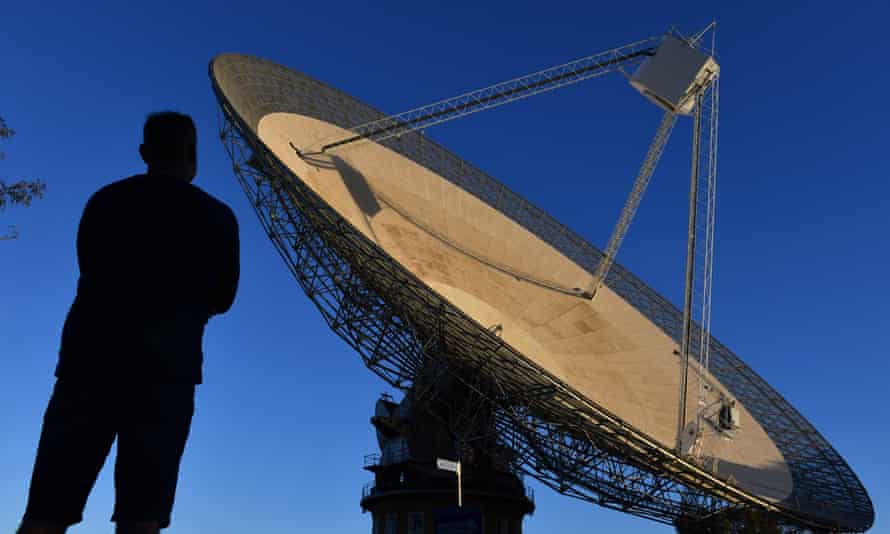Extract from The Guardian
Australian observatory that shared Apollo 11 images reaches deal with US company Intuitive Machines.

The Parkes radio telescope will provide ground support for ‘multiple’ commercial missions to the moon.
Last modified on Thu 25 Mar 2021 12.32 AEDT
The Parkes radio telescope in regional New South Wales, which famously shared Apollo 11’s landing images to more than 600 million people in 1969, will provide support to new commercial lunar missions this year aimed at ultimately creating a “sustainable presence” for humans on the moon.
“The Dish”, as it has become known in Australia, will provide ground station support to the Houston-based Intuitive Machines group for the “multiple lunar missions” it is planning with Nasa over the next five years.
Australia’s Commonwealth Scientific and Industrial Research Organisation, which owns and operates the 64-metre telescope, announced it had struck the deal with Intuitive Machines on Thursday, making the Parkes facility – which began operating in 1961 – the largest and most sensitive receiving ground station for the upcoming missions.
Given its size, the telescope can receive advanced engineering data considered valuable for further astronomical research.
The fully robotic missions will deliver commercial cargo and five Nasa experiments to investigate local geography and test technology required for future human exploration.
The commercial companies – in this case Intuitive Machines – are responsible for all aspects of their missions, including spacecraft tracking and communication.
SpaceX, the aerospace company launched by the Tesla founder, Elon Musk, will also work on the ventures, after it agreed to provide Intuitive Machines with its Falcon 9 rocket to launch its Nova-C Moon lander towards the end of 2021 – set to be the first commercial moon landing.
Dr Larry Marshall, CSIRO’s chief executive, said while it had been 50 years since Parkes telescope played a critical role in the original Nasa moon landing, the commercial agreement was an “exciting new chapter for the iconic Dish”.
“Innovation never sleeps, so we’re proud to support the latest innovations heading to the Moon’s surface,” he said. “Australia is growing a vibrant space industry, underpinned by our unique strengths in agriculture, mining, and materials, and because we know innovation thrives on collaboration, we’re supporting the entire international space community.”
Dr Sarah Pearce, CSIRO’s acting chief scientist, said: “We are proud to support the first companies extending their reach to the Moon’s surface, advancing knowledge that can benefit life both on Earth and, one day, on the Moon.”
Dr Troy LeBlanc, Intuitive Machines vice-president for control centres, said: “CSIRO’s Parkes telescope adds significant data downlink capability to Intuitive Machines’ robust Lunar Telemetry, Tracking and Command Network.
“The successful use of the Network for these initial missions will underpin the return of humans to the Moon and ultimately sustainable presence under the Artemis program.”
No comments:
Post a Comment